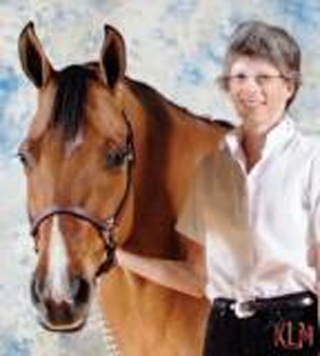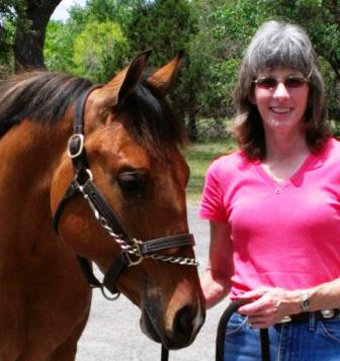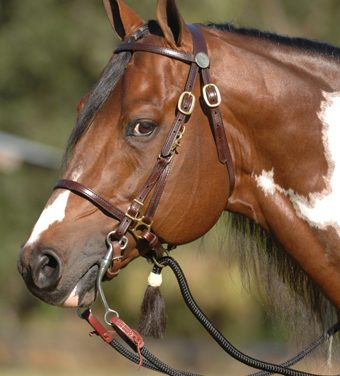Calories for the Horse
The calculations for the amount of energy in your horse’s diet (and yours) is based on a platinum-iridium bar made in 1885.
That bar weighs exactly one kilogram (1,000 grams or about 2.2 pounds). It is kept at the International Bureau of Weights and Measures near Paris, France. Copies of the bar are kept at various governmental weights and measures agencies around the world.
What does that bar have to do with energy in a diet? It is the international standard for the metric system. The metric system is used in nutrition calculations.
Read More



